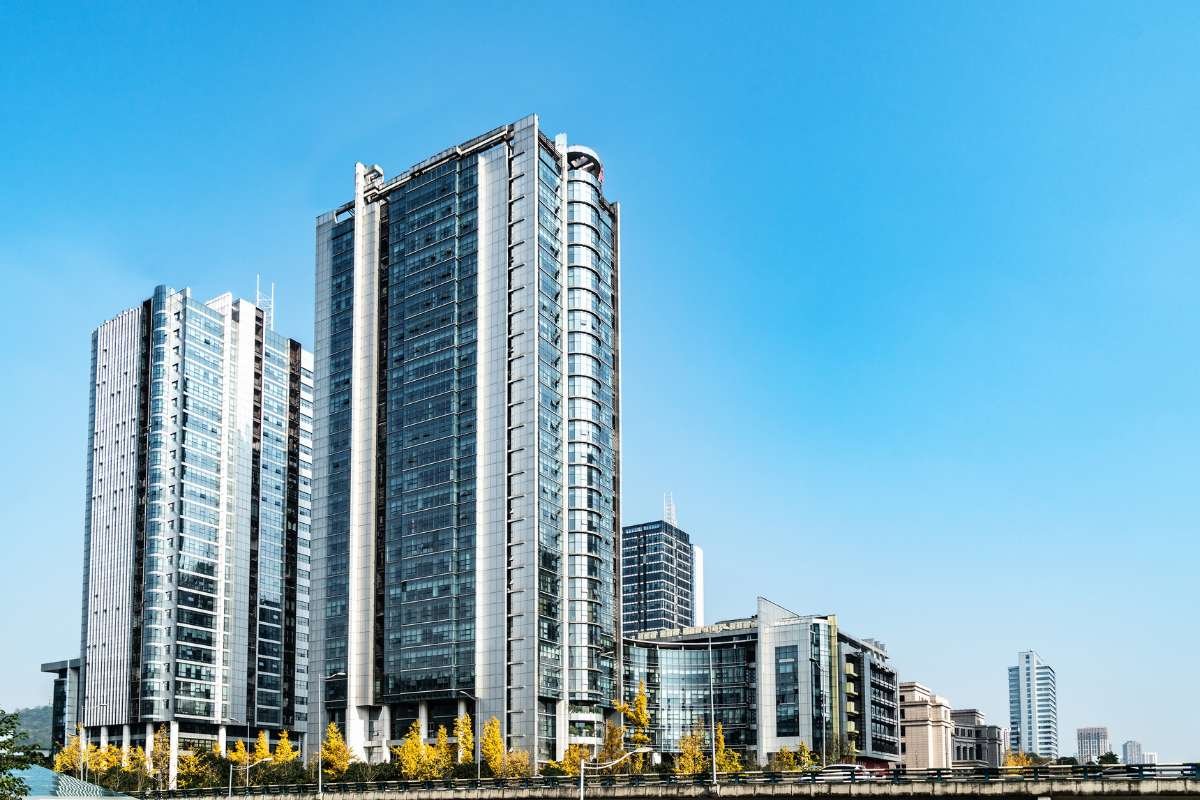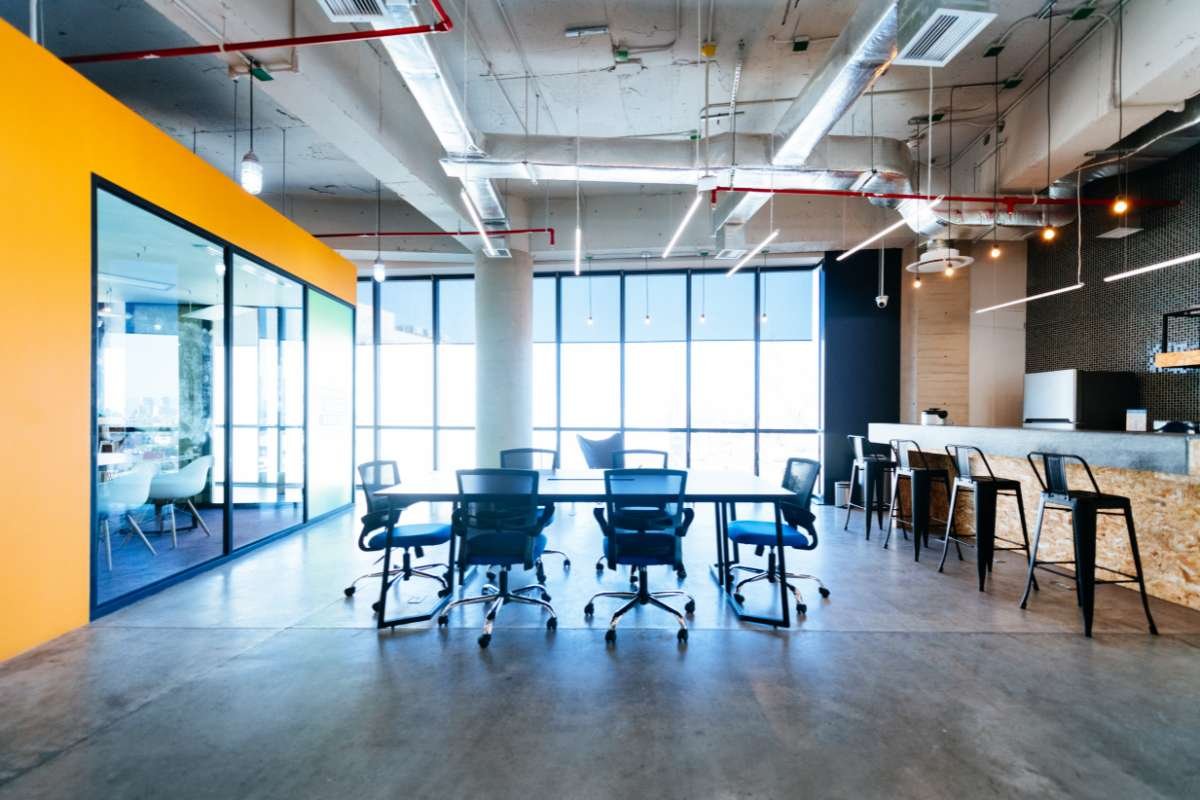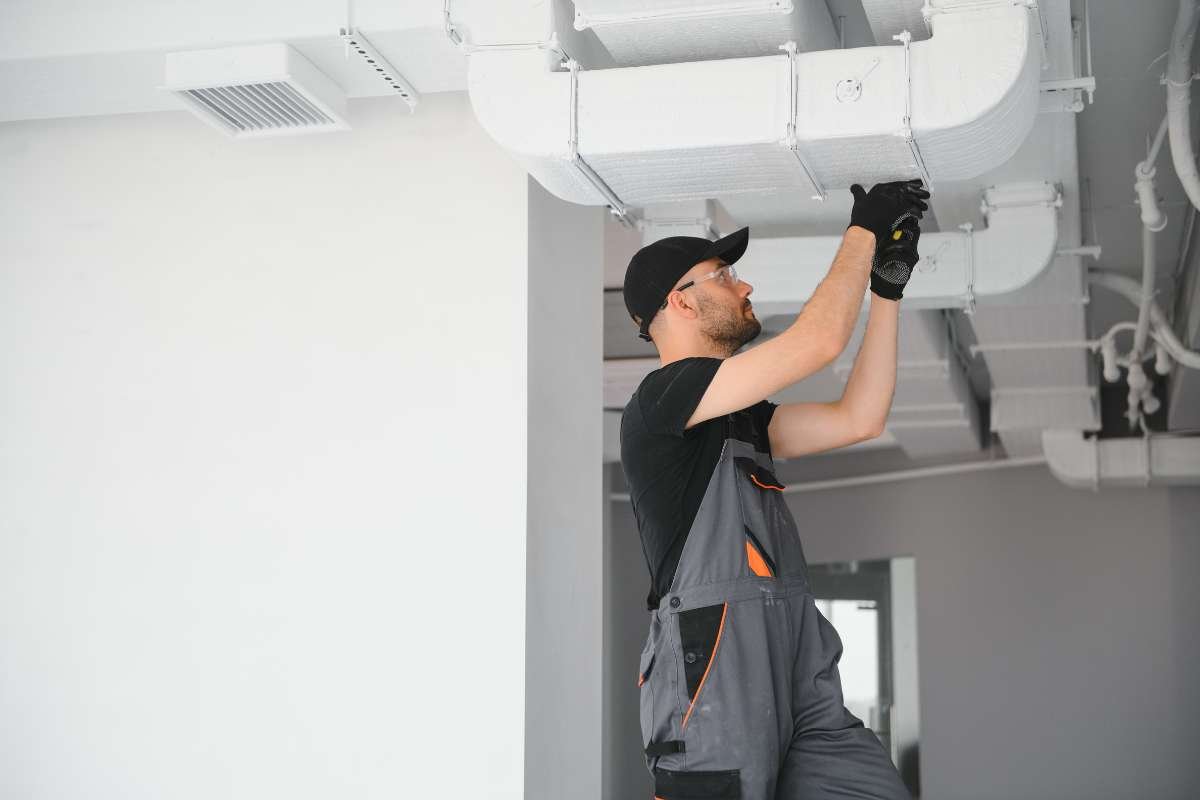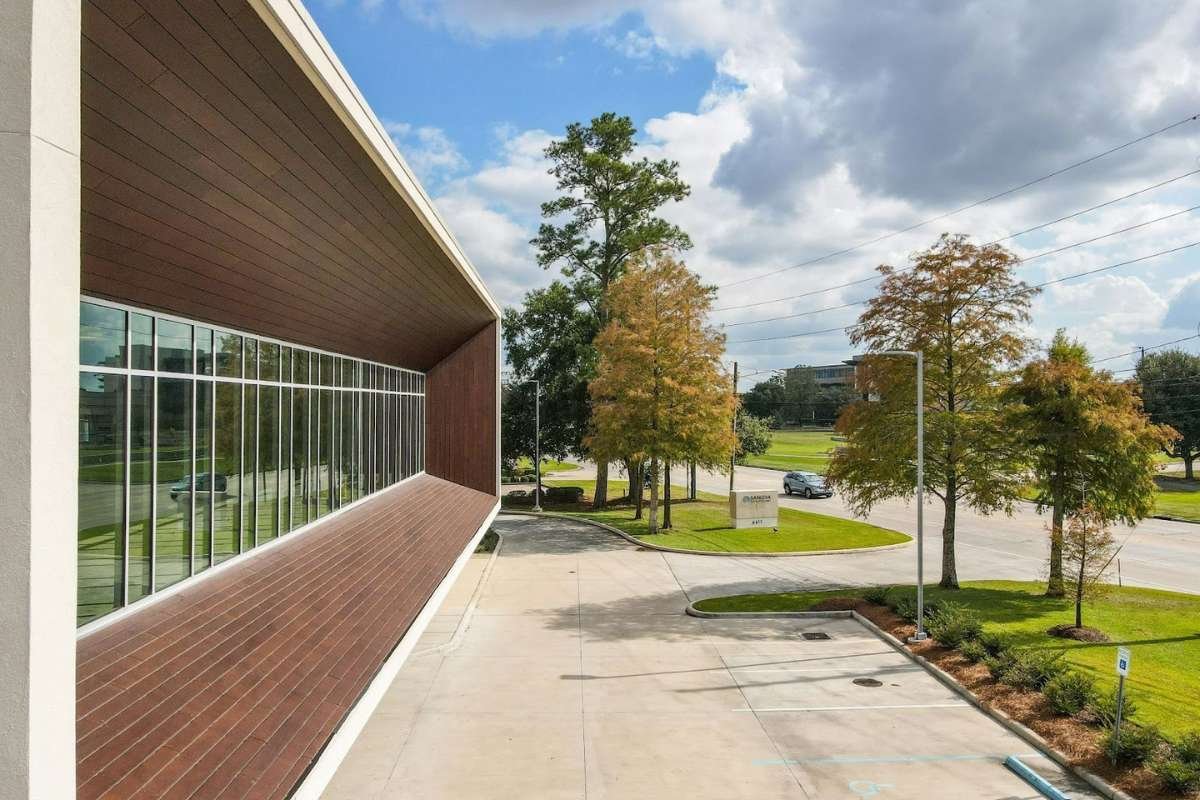For many companies, physical property and assets are a necessary part of the business. You may have a retail store where people browse and buy products, or you may have a service-based industry that requires contact with clients. Other physical assets include office spaces, warehouses, and manufacturing facilities.
Simply put, you need space for your business to succeed. But all of this space comes with added costs. One way to cut down on these costs is to make your commercial space more efficient. So, here’s how to boost your business efficiency and get more from your commercial property.
5 considerations to make your commercial property more efficient
1. Choosing commercial locations

One of the first things to consider is the actual location of the commercial space you’re using. Whether you’re renting or buying commercial property, it’s important to consider how where it’s located can affect the efficiency of your business.
First, the location of your business premises will affect how much it costs to either buy or rent. Some places, like busy inner-city spaces, are considerably more expensive than other areas. But this is often for good reasons. These areas might get more customers, especially if they’re in a busy high street. It might also be easier to commute for your employees, and vendors might also be able to accommodate your company more easily.
These are just a few of the factors that you need to consider when looking to buy or rent commercial property. As well as the initial costs, you should think about how important a prime location actually is. If you’re working from office spaces in a non-client-facing industry, you can be less picky about where your business is located. Here, the most important thing is how easy the commute is for your employees, and you can even use a remote working system to reduce the need for offices entirely.
If your business includes a supply chain and production line, you need to consider how easy it is to transport materials and products around. Choosing places closer to your retail location might save money in the long run, as you’re spending less on transportation and you’re wasting less time.
2. Efficient use of space
Space costs money, especially in more expensive commercial property. But if you’re able to use the space you have more efficiently, you will be able to work more quickly and save money. And, as we all know, time in business is money.
For example, when setting up a warehouse to store products and keep them in stock, rather than stockpiling a massive excess, consider keeping a flexible inventory instead. By keeping a close eye on your inventory and, more importantly, sales trends, you will be able to predict what you’ll need and where. This means that you don’t need as much storage space, allowing you to focus on production and other uses of that precious space.
You can also make sure that your offices and workshops are designed to use the space they have properly. It’s important to find the balance between not enough space, which makes it harder for people to work comfortably and effectively, and too much space between working areas. Ideally, people should be able to get where they need to go quickly and without any bottlenecks.
3. Better workplace design

Speaking of good design features, as well as considering the layout of your workplace for more efficiency, you should also think about how it’s designed for your employees.
Technically, aesthetics don’t actually add to efficiency, but they don’t need to take away from it either. People naturally like more efficient and logical layouts, and you can use decorative pieces and other smart design choices like ergonomic furniture to make the office a better place to work.
So, how does this improve efficiency and potentially save money?
Simply put, the more productive your employees are, the more you get for your money. If you pay someone by the hour, you want them to produce more work in that time. But people aren’t machines. They aren’t more productive if they work non-stop with the bare minimum. You need to invest a little to improve morale and make people want to work.
Happy people are more productive. So, when considering your office design, make sure to include how it affects your employees’ morale and productivity.
4. Reducing utility costs
Utility costs can be a major drain on your resources, especially when you consider the fact that they don’t often have to be as high as they actually are. By using your utilities more efficiently, you can reduce your operating costs without actually affecting your business in any way.
One of the easiest ways to do this is by just switching things off while they’re not in use. Smart thermostats, lighting, and device controls make this so much easier than having to manually turn things off and on at the end and beginning of each workday. Simply set your working hours and set it so that they turn off overnight and switch on shortly before the workday.
You can also switch providers and regularly look for cheaper deals. Introductory deals can save a lot of money, and it doesn’t take much time to research and switch when you need to.
5. Repairs and maintenance

Another way to reduce the amount you pay in utilities, while making sure your company is efficient and in good working order, is to keep the building in good repair. For example, a commercial roofing company can repair or replace a damaged roof that, if left unchecked, could cause issues with damp and increase your heating costs due to poor insulation.
This is especially important when it comes to machinery and equipment. Poorly maintained equipment can slow down the workday and, if it breaks down, grind it to a halt altogether. Even worse, it might be dangerous to work with malfunctioning machinery, putting your employees at risk.
Maintenance might cost time and money in the short term, but it’s always better to keep things in good condition than to have to replace them.









